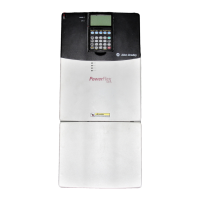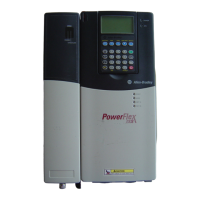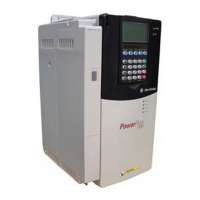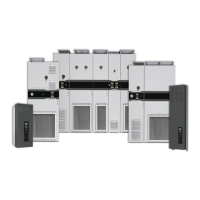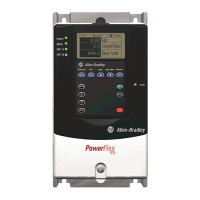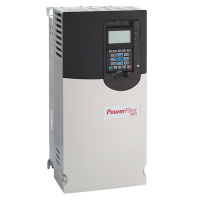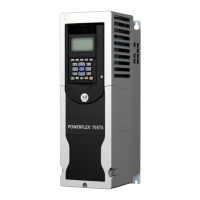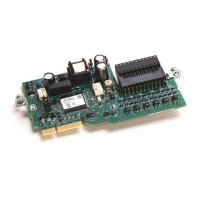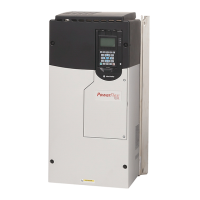Rockwell Automation Publication 7000-UM202D-EN-P - May 2018 43
Power Component Definition and Maintenance Chapter 2
Replacing Metal-Oxide Varistors
Metal-oxide varistors (MOV) are part of the TSN located within the
connection cabinet.
1. Ensure there is no power to the equipment.
2. Observe the locations of the connecting links.
3. Detach the connecting links by removing the screws.
4. Using a screwdriver remove the screws at the base.
5. Replace the MOV (polarity is not an issue).
6. Continue by replacing the screws and connecting links.
Each MOV panel is grounded. One MOV (see Figure 30 on page 42
for
location) must connect to the grounding lead.
Surge Arresters
The drive uses heavy duty distribution class surge arresters for transient
overvoltage protection in the drives with AFE rectifiers. The arresters are
certified as per ANSI/IEEE Std C62.11-1993.
The surge arresters are MOVs, with or without an air gap in series, in sealed
housing. They provide overvoltage protection similar to that of the TSN
module. They differ from the TSN in that fusing is not mandatory for the
operation of surge arresters.
There are three types of surge arresters depending on the voltage class of the
drive:
The most severe temporary overvoltage occurs when one phase is grounded in
an ungrounded system. The full line-to-line voltage applies to the arrester in
this case. The arresters operate under this condition continuously without any
problems as indicated by their maximum continuous operating voltage rating.
ATTENTION: To prevent electrical shock, disconnect the main power before
working on the drive. Verify that all circuits are voltage-free using a hot stick
or appropriate voltage-measuring device. Failure to do so may result in injury
or death.
Drive Voltage 2.4 kV 3.3 kV, 4.16 kV, 4.8 kV 6.0…6.9 kV
Arrester rating (RMS) 3 kV 6 kV 9 kV
Arrester MCOV (RMS) 2.55 5.10 7.65
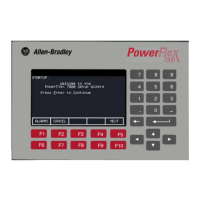
